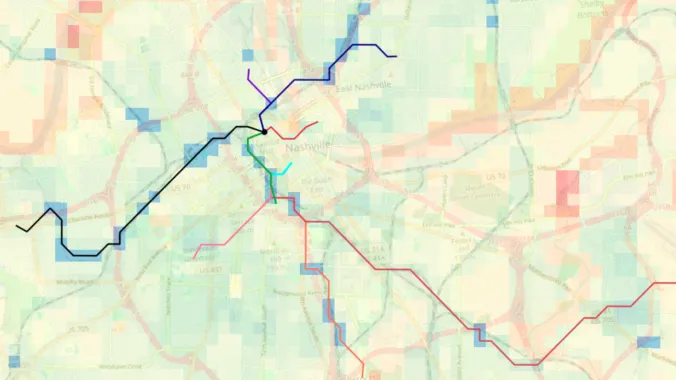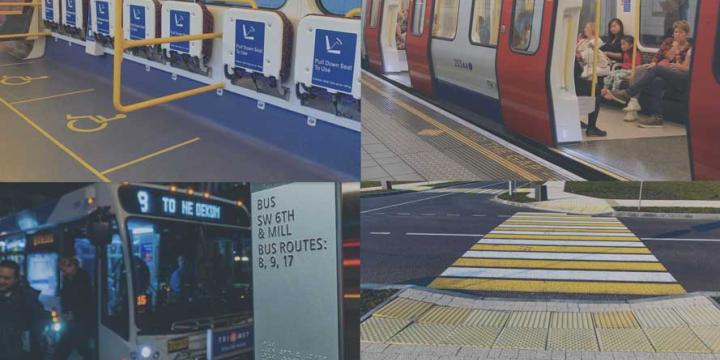Course Info
6 video lessons (92 Mins)
Published
2020-
4.20
Preview Course
Browse Course Chapters
-
1.Introduction
2 mins
-
2.Suitability Analysis Part 1
11 mins
-
3.Suitability Analysis Part 2
10 mins
-
4.Importance Weight Optimization for a New Transit Line
23 mins
-
5.Least-Cost Paths and Corridor Siting
16 mins
-
6.Putting It All Together: Using Last-Cost Paths to Propose Routes for a New Transit Line
27 mins
What You Will Learn
- Learn the foundational concepts in suitability analysis, including absolute vs. relative suitability, attribute data measurement, and importance weights.
- Learn the foundational concepts in linear optimization, including basic graph theory, Dijkstra’s algorithm, and corridor-siting.
- Apply this knowledge by combining suitability analysis and corridor-siting techniques to site a new transit line.
Course Description
Location decisions often involve the combination and evaluation of multiple data layers along with subjective criteria on the relative importance of each layer of data. With historic roots in landscape architecture and the development of early digital geographic information systems, suitability analysis techniques provide a systematic framework for evaluating possible locations in regards to a specific use case. Importantly, this includes the quantification of the subjective importance placed on various data layers. This course applies suitability analysis techniques and least-cost path analysis—which optimizes routes on linear features—to the case of planning for and siting a new transit line.
At the end of this course, you will understand the basic principles of suitability analysis and least-cost paths and be able to perform basic linear location optimization based on a set of quantitative and qualitative criteria.
Learn these skills
- Data Analysis
- Modeling & Simulation
- Site Planning
- Transportation
- Urban Design



























